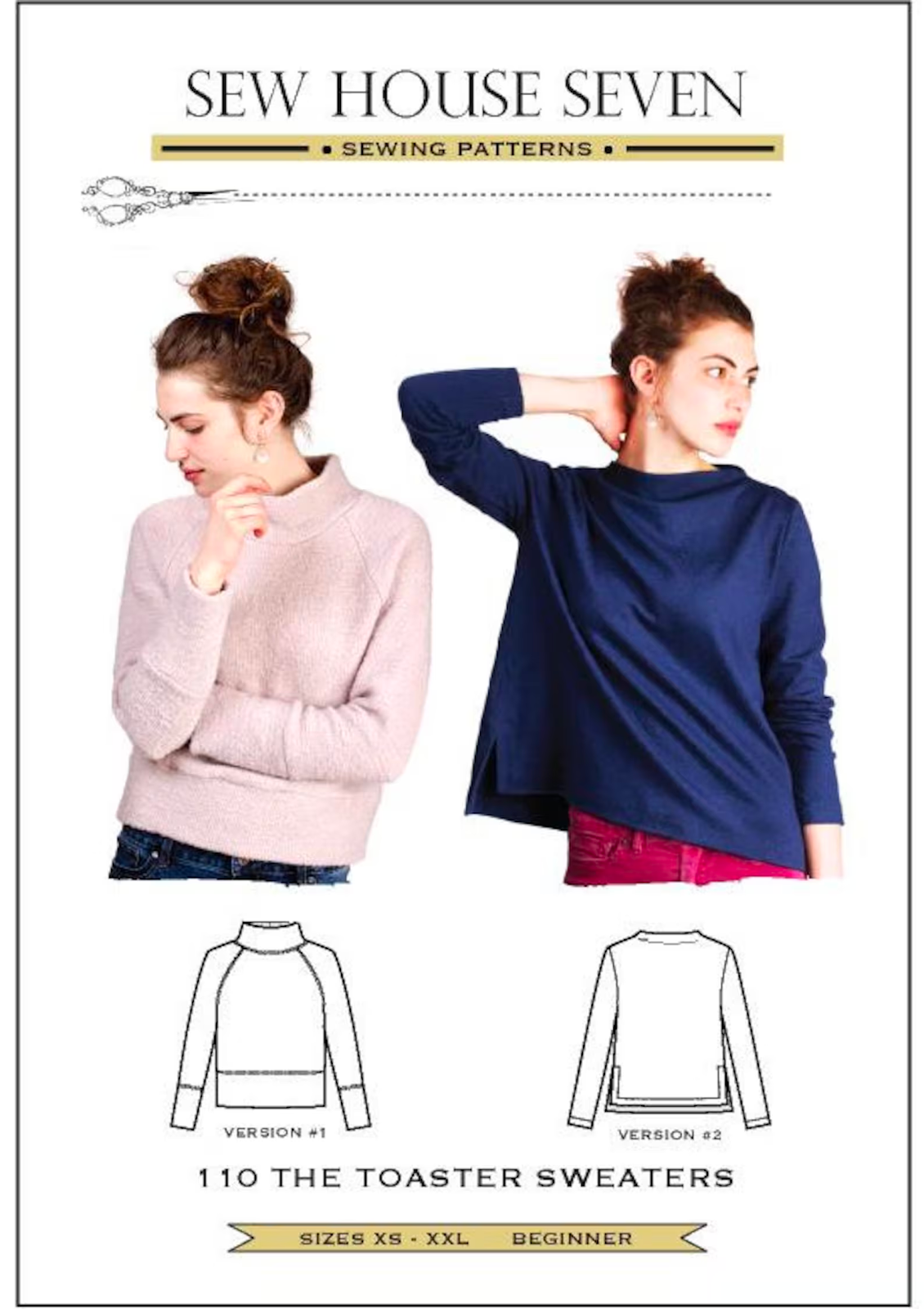Each year, for about the last ten, I have participated in a Lenten practice, creating one of the Stations of the Cross.
Stations of the Cross are a series of 14 (or more) pictures of Jesus' journey, as represented in Holy Week prior to Easter. Just ahead of Lent, a member of my church puts out a call for volunteers to create the stations, the only restriction being the 24" x 30" size. The series is hung in the church nave during Holy Week and they remain in place until the next year's call for art goes out the the church members.
Various media are used - collage, acrylic paint, oil paint, other inks and paints, photographs, and small scuptural pieces that will fit on a 24x30 frame. With one exception, mine have been fabric pieces, sort of small quilts, though none of mine really fit the strict definition of a quilt. I sew the piece onto a painted canvas.
Each year, it is a struggle. Yet each year, I sign up again and begin the struggle. I believe this is an important Lenten journey for me, the struggle, the goofs, the final piece.
This year I chose Jesus in the Garden of Gethsemane, an event that appears in all four of the New Testament Gospels. I began with the scriptural stories and also recalled my own visit to the Garden of Gethsemane. I imagined. I sketched. I sewed. I unsewed.
Materials:
During fall 2023, I took an intensive online course from Jane Dunnewold. The title was Color Mastery: from White to Wow. I used unbleached silk noil and Pro MX fiber reactive dyes. I am also working my way through 2024 with a YouTuber, k3n Cloth Tales. I had some eco-prints and dyes inspired by her work.
Process:
I started with the background in three segments - sky, Jerusalem skyline, and the garden itself in the foreground. The sky is raw-edge applique with an invisible stitch, to start. I really like raw-edge work because it avoids the lumps caused by seams. On the other hand, I wanted the *lumps* on standard needle-turn applique for the Jerusalem skyline, in order to articulate buildings. And the ground for the garden is also (mostly) needle-turned applique.
Creating the foreground was the most challenging for me. The story is complex so there were many ways to go. I tried out pictures of sleeping figures.
I created a super-sized figure that I placed over the background, a Jesus-figure. After I appliqued the figure on and added decorative embroidery to the edge, I decided it was all wrong. So I next cut out the center. Church friend, Margaret, pointed out that, in the story, Jesus was hallowed out by his anguish. Thank you, Margaret.
Then I created some bias tubes and began to form the olive branch vines and leaves. Gethsame literally translates Olive Press. And today's garden is full of olive trees.
After that, I added embroidery to highlight and support various aspects of the piece. For example, I outlined the buildings to give them a bit of depth, adding a few details.
I was hand-stitching almost non-stop in the lead-up to Holy Week. It was such a relief to finish and be completely ready for Holy Week. The church held a *Starving Artists* dinner of soup and bread. Each artist described their journey in creating their art piece. It was a beautiful event.
St Patrick's publishes a nice pamphlet with write-ups on each station. Here is a photo of three. The one on the far right is by my wonderful granddaughter, H. This is their second year on this Lenten journey.
If you celebrate, then Happy Easter! Happy spring and Happy sewing!

















































